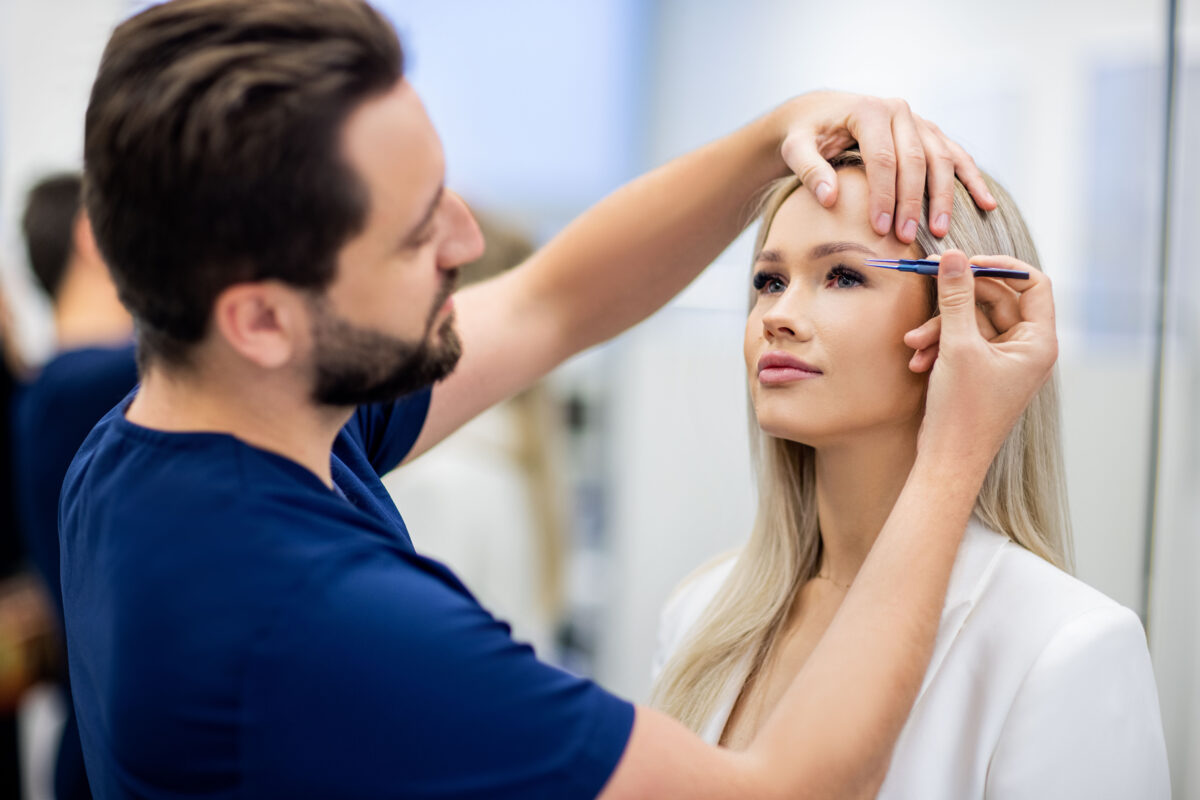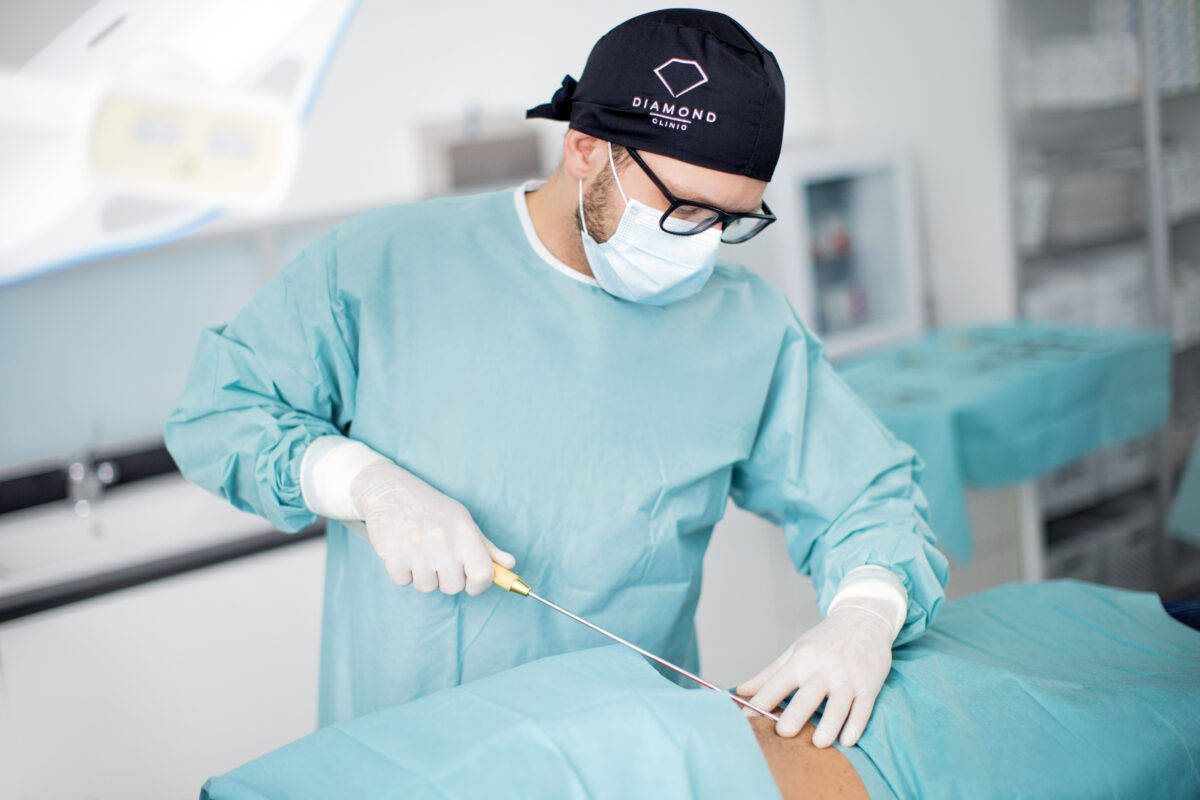Cosmetic surgery
Our face is the most important part of our body in terms of appearance, it is the first thing people see when they look at us, it shapes our overall image and determines our facial expressions. Unfortunately, it changes with age, and these characteristic changes do not occur in the same way in everyone, with some people unfortunately already showing the undesirable effects of facial ageing at a relatively young age. While there are people who are satisfied with their appearance regardless of their age, more and more of our patients wish to reverse the ageing effects visible in their face and neck, which can no longer be remedied by minimally invasive methods. Surgical facial correction has a very long history and the most recent approach is the so-called deep-plane face lift. This technique produces very natural results, does not produce a so-called mask-like appearance of the face or disturb facial expressions like the facelifts often used until recently, which mainly involve stretching the skin. The aim of the procedure is to restore the patient’s own appearance from years ago and to avoid looking artificial and betraying the surgery.
Deep plane face lift – what does the procedure look like?
The deep plane face lift is performed under general anaesthesia, which ensures that the patient is completely comfortable during the procedure. ‘Deep plane’ is the term used to describe the plane on the face that exists between its anatomical layers, specifically between the so-called SMAS or superficial musculo-tendinous system and the deeper layer of facial muscles responsible for facial expression, and it is in this plane that the tissues are prepared. This procedure involves releasing and moving as a whole the layers of muscle, fascia, subcutaneous tissue and skin, rather than stretching and removing the excess skin itself. To do this, the plastic surgeon makes incisions around the ears and at the back at the hairline, as well as a small incision under the chin. The scars from the procedure hide in the natural folds and hairline making them virtually invisible. After the procedure, a drain is usually left in place until the next day and a specialised dressing is made, and the patient remains overnight in hospital care.
Deep plane face lift – how to proceed after the procedure?
Recovery time varies from person to person, but is generally no longer than 2 weeks. Daily wound washing and antisepsis are usually recommended. Sutures are usually removed within a week to ten days after surgery. For the first three weeks after surgery, do not physically strain or exercise. Overexposure to the sun, sauna and solarium should also be avoided.
Deep Plane Facelift
- visible signs of skin ageing
- drooping cheeks
- excess tissue around the angle and jawline
- effective improvement of facial appearance
- visible rejuvenation
- skin tightening






